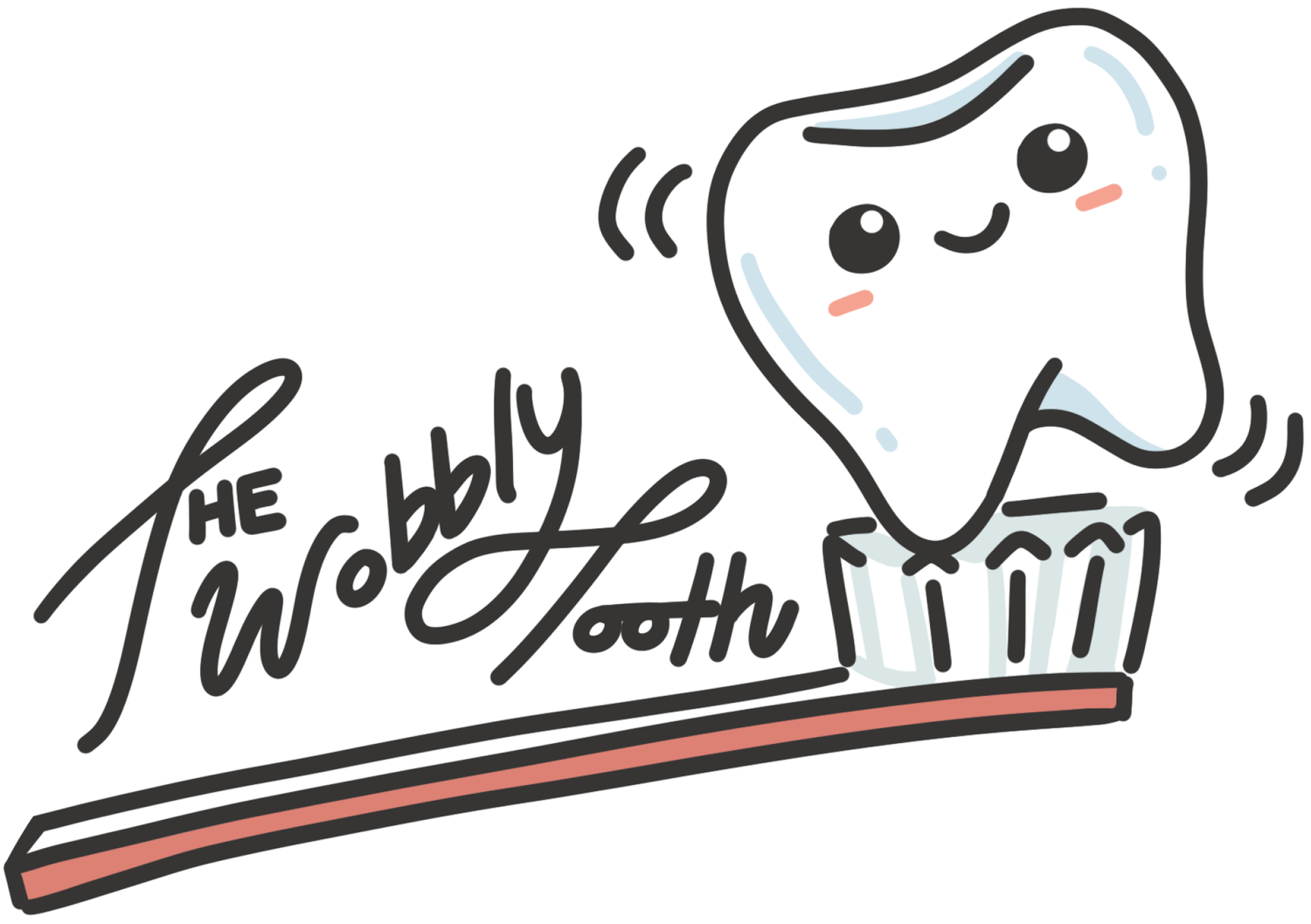Comprehensive Oral Exams
-
A comprehensive dental exam includes far more than just cleaning your teeth. It involves a complete and thorough patient examination covering everything from pre-existing conditions, gum health, even screenings, and diagnostic exams to guarantee optimal oral health
-
Each visit to your dentist will be different, but most dental examinations contain these five key parts.
Esthetic evaluation
Visual inspection
Oral cancer screen
Identifying infections
Bite inspection.
-
Various types of dental X-rays are available, including:
Bitewing. This type of X-ray allows the dentist to see the crowns of the upper and lower teeth.
Periapical. This type of X-ray allows the dentist to see the entire tooth and the surrounding bone.
Occlusal. This type of X-ray allows the dentist to see the way the upper teeth and corresponding lower teeth fit together when the jaw is closed.
Panoramic. This type of X-ray gives the dentist a broad view of the entire mouth.
Cone beam computerized tomography. CBCT provides a 3-D view of teeth and adjacent structures. It’s essential for diagnosis of craniofacial abnormalities and treatment planning for surgical guides and implants.
Leave us a message and we’ll get back to you!
Oral Cancer Screening
-
During an oral cancer screening exam, your dentist looks over the inside of your mouth to check for red or white patches or mouth sores. Using gloved hands, our dentists also feels the tissues in your mouth to check for lumps or other abnormalities. Your dentist may also examine your throat and neck for lumps.
-
Early detection of oral cancer can improve a patient's chances of successful treatment. That's why many dentists recommend having regular oral cancer screenings that examine the entire mouth. Adults over the age of 20 should have a screening every three years while those over 40 should have annual screenings.
-
During an oral biopsy, the specialist removes a small amount of the suspicious tissue from your mouth or oropharynx and sends it to a pathologist, who will check for cancer cells. If cancer is confirmed, information in the pathologist's report will help determine treatment.



